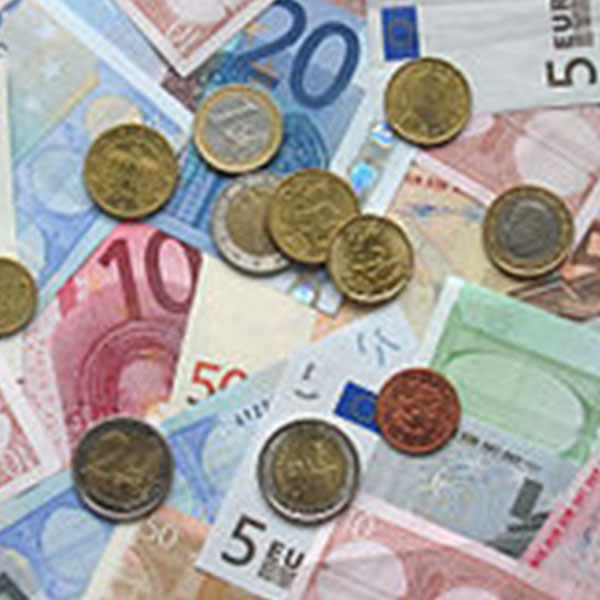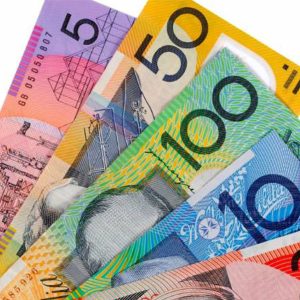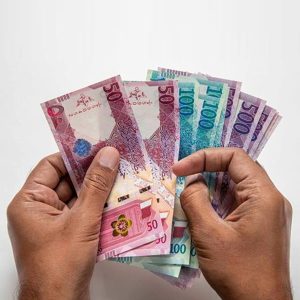The European Euro -EUR, represented by the symbol “€,” stands as a beacon of unity and economic integration across the European continent. As the official currency of the Eurozone, a group of 19 European Union member states, the Euro plays a pivotal role in shaping the region’s economic landscape. In this article, we will delve into the history, denominations, significance, and global impact of the European Euro.
A Historical Milestone
The journey towards the Euro began with the establishment of the European Economic Community in 1957. However, it wasn’t until the Maastricht Treaty of 1992 that the Euro project gained momentum. The Euro officially came into existence in 1999 as an electronic currency for banking and financial transactions. Physical Euro banknotes and coins were introduced on January 1, 2002, marking a historic moment of monetary unification.
Denominations and Monetary Units
The Euro is divided into 100 cents. Coins are issued in denominations of 1, 2, 5, 10, 20, and 50 cents, as well as 1 and 2 Euros. Banknotes are available in denominations of 5, 10, 20, 50, 100, 200, and 500 Euros.
The European Central Bank: Guardians of the Euro
The European Central Bank (ECB), headquartered in Frankfurt, Germany, is the Eurozone’s central authority responsible for managing the European Euro -EUR. It formulates monetary policy, regulates the money supply, and ensures the stability of prices within the Eurozone. The ECB’s decisions have a profound impact on the economies of the member states.
Currency Symbol and ISO Code
The Euro is universally recognized by the symbol “€” and is commonly referred to as EUR in financial markets. Its ISO 4217 currency code, EUR, is used worldwide for conducting international financial transactions.
Fostering Economic Integration
One of the Euro’s primary objectives is to promote economic integration within the Eurozone. It has eliminated exchange rate fluctuations among member states, making cross-border trade and investment more efficient. This, in turn, has facilitated economic growth and stability across the region.
A Global Player
Beyond the Eurozone, the Euro is recognized as one of the world’s major reserve currencies. It is widely used in international trade and finance, with numerous countries and regions pegging their currencies to the Euro or adopting it for international transactions.
Resilience in Times of Crisis
The Euro has weathered economic challenges, including the global financial crisis of 2008 and the Eurozone debt crisis of the early 2010s. The resilience of the currency is a testament to the determination of Eurozone countries and institutions to safeguard its stability.
Challenges and the Road Ahead
While the Euro has brought substantial benefits, challenges persist. Economic disparities among member states, debates over fiscal integration, and the need for stronger coordination in economic policies are among the issues that continue to shape the Eurozone’s future.
Conclusion
The European Euro -EUR is more than just a currency; it represents a vision of a united and economically integrated Europe. As the Eurozone evolves and adapts to changing economic landscapes, the Euro remains a symbol of shared ambitions and a powerful tool for promoting economic growth and stability across the European continent and beyond.









There are no reviews yet.